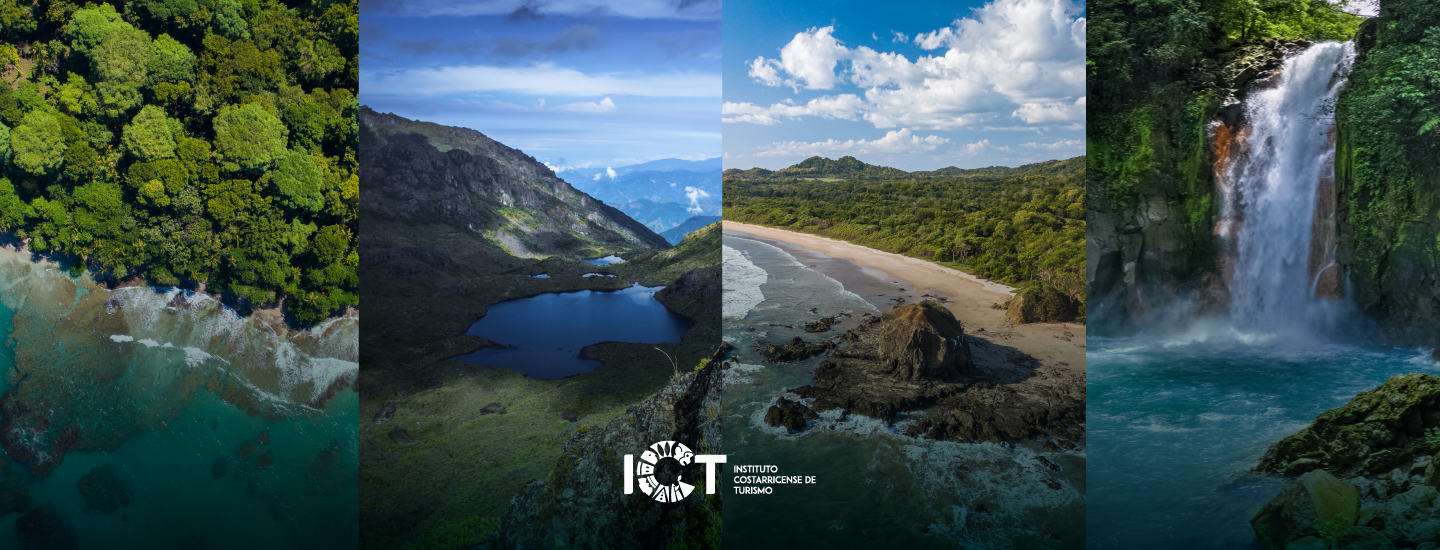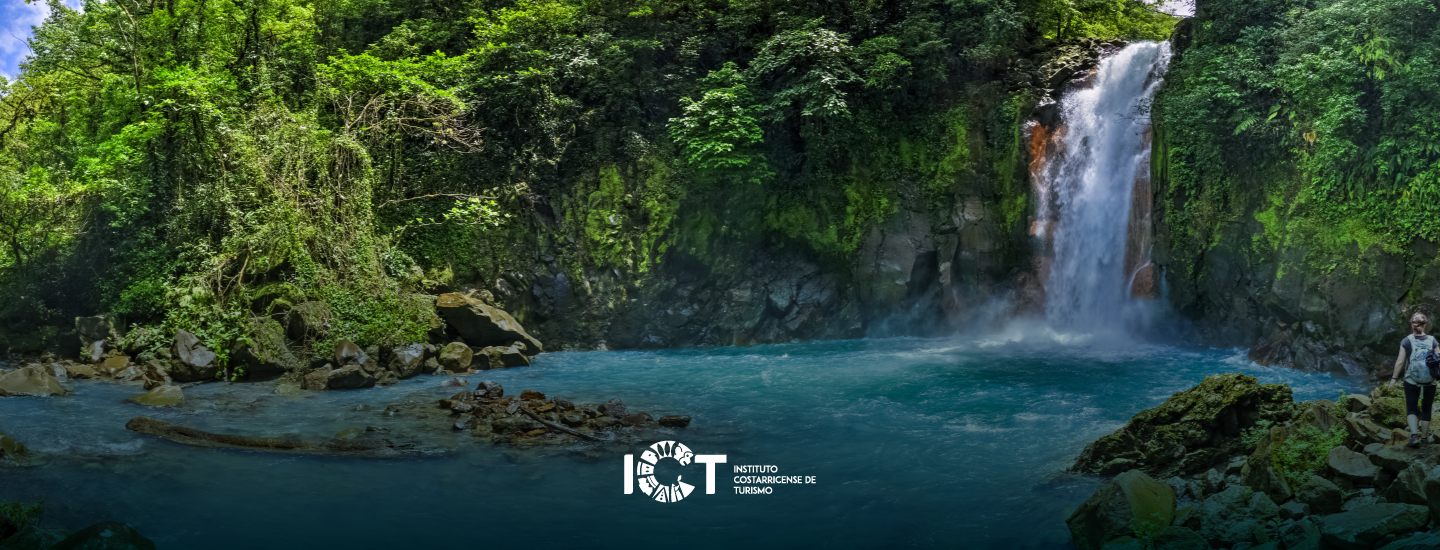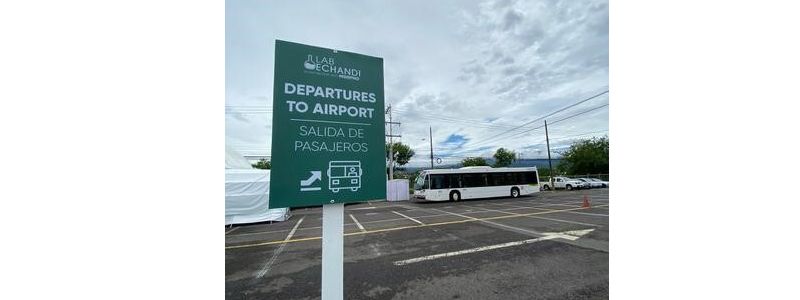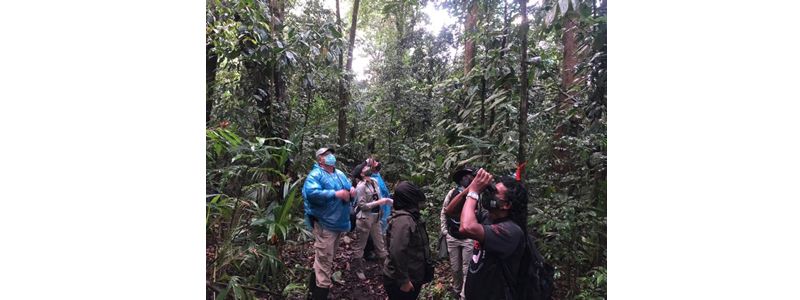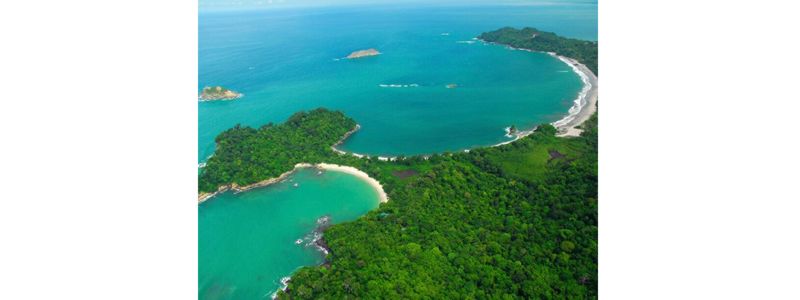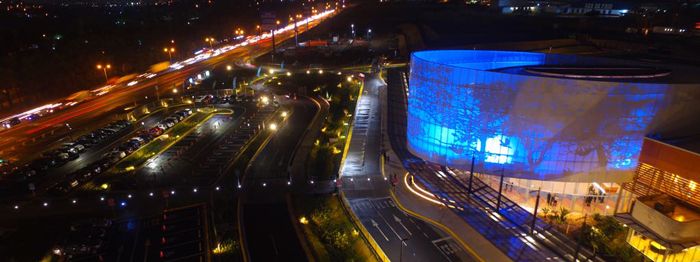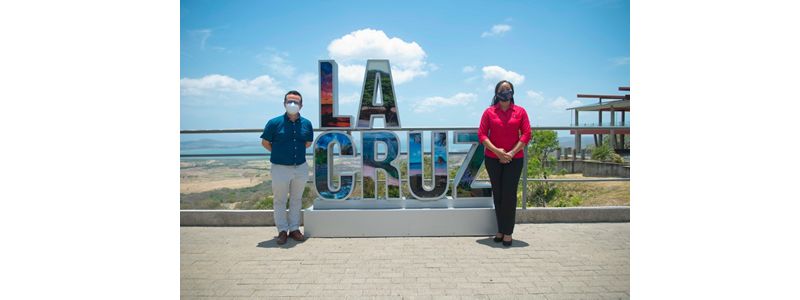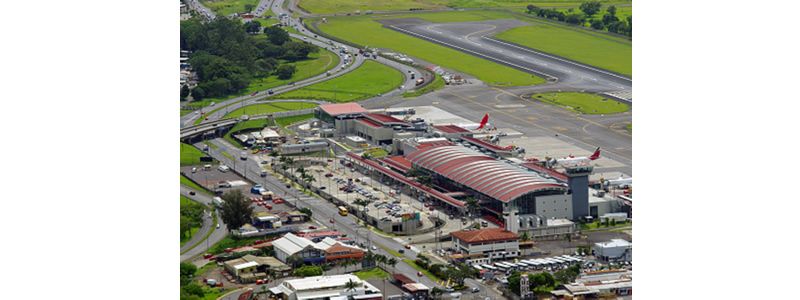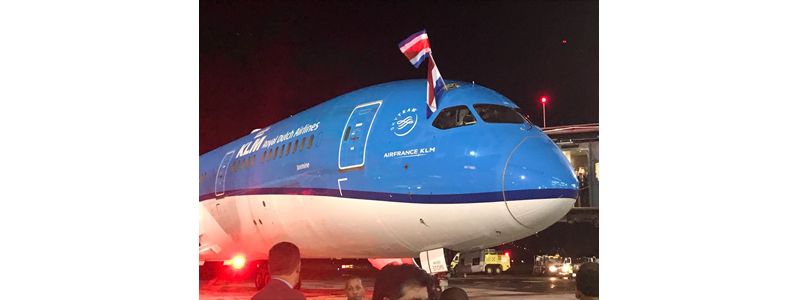- Costa Rican Minister of Tourism Gustavo J. Segura and Anasha Campbell, Minister of the Nicaraguan Institute of Tourism, met with political and tourism industry leaders in the Guanacaste region.
Friday, April 23, 2021- The prospects of promoting La Cruz Canton and the surrounding tourism corridor as an attraction for domestic, cross-border and European tourism were among the topics discussed in a meeting attended by Tourism Minister Gustavo J. Segura on Thursday.
The meeting, which was held in the conference room of the Municipal Office of La Cruz, was also attended by Anasha Campbell, Minister of the Nicaraguan Institute of Tourism; Luis Alonso Alan, Mayor of La Cruz; Daguer Hernández, Deputy Director of the General Directorate of Immigration and Foreigners; and representatives of the Guanacaste Conservation Area, the La Cruz Chamber of Tourism Businesses, the La Cruz Chamber of Commercial and Tourism Development, and the Coastal Tourism Corridor.
“La Cruz is a border canton that offers impressive tourist attractions, ongoing tourism investments that have created hundreds of jobs in the community as well as opportunities for social progress through rural and community tourism initiatives that will soon be rolled out,” said Segura.
“With an increasing number of European tourists arriving in Costa Rica, tourism in this border community seeks to allow multi-country tours. This cross-border tourism corridor unites the attractions of our northern coast with those of the southern Pacific coast of Nicaragua.”
Anasha Campbell noted that tourism is linked to improved quality of life in local communities, while the industry has a role to play in ensuring immigration flows between the communities in order to support their development.
Manuel Alan, President of the La Cruz Chamber of Tourism, participated in the meeting, which he described as a positive development in the mission to attract more domestic and international visitors to the region while continuing to comply with the current public health measures.
“La Cruz has over 40 different attractions, offering history, geography, sport fishing and heritage in the canton of the petroglyphs. We have enough to keep a tourist entertained for a two-week visit,” said Alan.
In addition to this roundtable, Segura held private meetings with investors and representatives from the La Cruz Chamber of Tourism and with tourism business leaders from coastal communities from Cuajiniquil.
La Cruz Coastal Tourism Corridor
The La Cruz Coastal Tourism Corridor (CTC) was implemented in 2019 with the aim of attracting domestic and international tourists.
It is comprised of the Santa Elena Peninsula, Bahía Salinas and the coastal communities of El Jobo, Puerto Soley, Cuajiniquil and La Cruz.
From La Cruz to Cuajiniquil, the region offers rural farm tourism, birdwatching, whale and dolphin tours, diving, snorkeling, tours with local fishermen, visits to the Isla Bolaños Wildlife Refuge, and geological features, as La Cruz is one of the few places on earth where visitors can see layers of the earth’s crust emerging from the sea.
The beaches of La Cruz are considered one of the top global destinations for kitesurfing, while visitors can also enjoy local cuisine, with seafood and local specialties such as hand-made tortillas, gallina achiotada or arroz de maíz.
La Cruz has been declared the canton of petroglyphs as it is has some of the most abundant archaeological findings of anywhere in the country. The region is also rich in marine wildlife thanks to the cool waters, which provide a refuge for marine species. It is easy to spot whales, turtles, sharks, manta rays and many other ocean species in the area.
Isla Bolaños, an island in Bahía Soley, is part of the Guanacaste Conservation Area and a Marine Bird Sanctuary. Visits to the island are possible through licensed tour operators.
For more information on local attractions and the tourist attractions in this and other regions of the country, please visitwww.lacruzguanacaste.com and www.vamosaturistear.com. Remember, when you go to visit tourist attractions, follow all health protocols and act responsibly.
